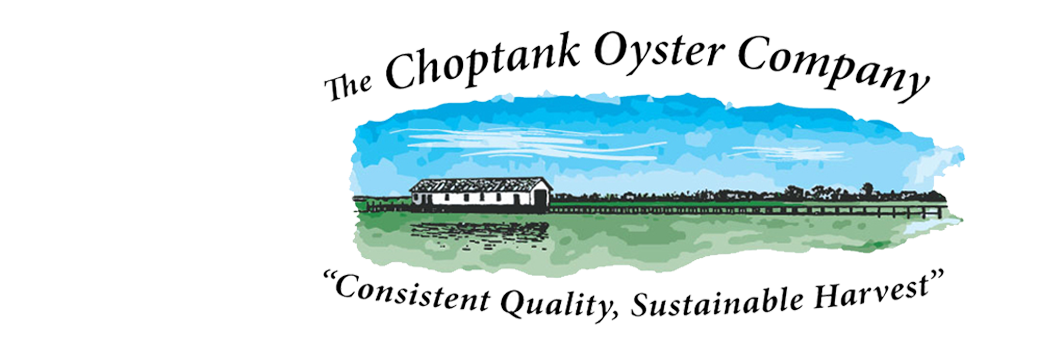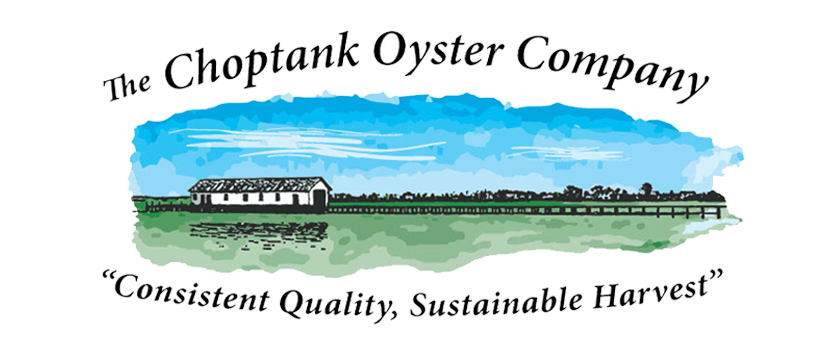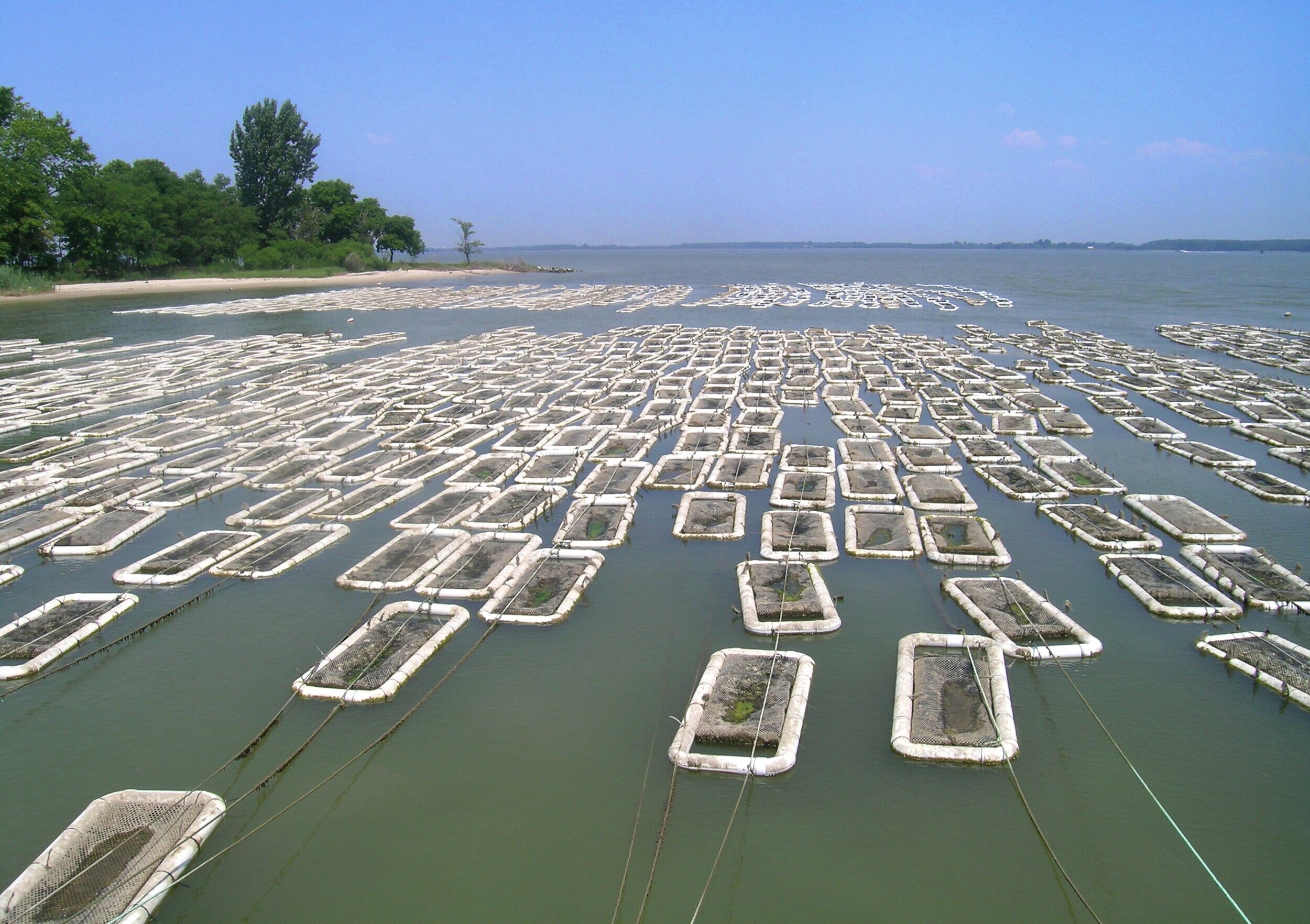How does oyster aquaculture help save the Chesapeake Bay?
The Chesapeake Bay is in trouble. Its health has been in decline ever since man moved to its shores in great numbers to enjoy its natural beauty and bounty. But that bounty has been steadily shrinking, and the oyster population is at a small fraction of what it once was. Efforts to remove oysters from the water for human consumption has far surpassed the ability of the oysters to naturally replenish their numbers. It has also surpassed any expensive human efforts to put oysters back into the water.
At The Choptank Oyster Company, we believe oyster aquaculture helps to solve this problem.
Oyster aquaculture has been used, in one form or another, for 2 millennia. The Romans cultured oysters in Britain and transported them to Italy. The French oyster industry has relied on aquaculture since the late 18th Century. Aquaculture may not be the only solution to the problems surrounding oyster populations in the Chesapeake Bay, but performed prudently it may be a start, and we firmly believe it can help.
The Choptank Oyster Company is built on sustainability – we put as many, if not more, oysters into the water as we take out. Hatching our own spat, seed, and eyed larvae, our farm-raised oysters meet consumer demand, thereby reducing fishing pressure on the wild oyster population.
Each year our oysters spawn, just as wild oysters do, producing billions of oyster larvae to help replenish natural oyster populations. A single spawning female can produce as many as 10 million eggs.
In addition to their natural spawn, surplus oysters spawned at our hatchery are available for oyster restoration projects.
Our oyster floats serve as a floating reef, providing habitat to many of the fish and invertebrate species that would inhabit a natural oyster reef.
As oysters feed, they act as natural filters, removing massive amounts of micro-algae and silt from the water. A single oyster can filter up to 50 gallons of water per day! We have several million healthy oysters growing in the bay helping to filter the water.
We grow only oysters that are native to the Chesapeake Bay. There is no risk that we will introduce an invasive nonnative species into the Bay’s delicate ecosystem.
Why do we grow our oysters on the surface?
SURFACE Cultured Oysters
Choptank Sweets stay cleaner and do not contain “grit”
Due to ample light penetration, there is a high availability of micro-algal food for optimal oyster growth
Wave action insures oxygenation of surface water
Disease processes (Dermo & MSX) are absent
Low observed mortality rate of 4%
Growth to minimum market size (3”) in 18-24 months.
BOTTOM Cultured Oysters
Bottom-cultured oysters are less aesthetically appealing and contain “grit”
Silt at the bottom increases food handling times making it more difficult for oysters to feed
Low levels of sunlight at the bottom, restricts the amount of micro-algal food available
Disease processes are resident
High mortality rates of >75%
Growth to market size: 3 years minimum, if they survive





